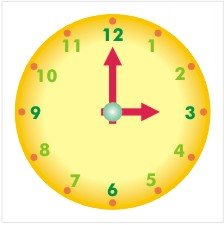How to Use the Chalkboard As an Effective
With
the emergence of technology and digital media in the classroom, teachers have a
variety of resources at their fingertips including interactive whiteboards and
student laptops. However, the age-old chalkboard still can be an effective
teaching tool with today's tech-savvy students, and in many cases is more
reliable than its electronic counterparts. When using the chalkboard as a
teaching tool, consider several aspects to ensure that effective teaching
occurs.
Instructions
Practice good chalkboard hygiene by eliminating dust and keeping
the chalkboard clean. A clean chalkboard makes writing easier to see, which
makes teaching and learning more effective for all involved. Appoint a student
to wash the chalkboard and ledges at the end of each day, so it is ready for
the next school day. Appoint another student to vacuum out the erasers once
each week in order to keep dust to a minimum.
Use different colored chalk to draw attention to specific words or
concepts during teaching. However, keep in mind that some colors may be more
difficult to see than others. Ask students which colors are easiest to read and
use those ones. Additionally, ensure that you write big enough, so each student
in the room can see equally well. Avoid glare by closing window blinds during
certain parts of the day.
Erase irrelevant material from the chalkboard that may distract
from what you are teaching. If a chalkboard is filled with information from
several prior lessons, some students may have trouble focusing on the pertinent
information for the lesson.
Use the chalkboard on a predictable, consistent basis. For
example, write a morning activity on the chalkboard for students to do each
morning upon their arrival at school. Students will become accustomed to
looking at the chalkboard as they enter the room to complete the daily
assignment.
Involve the students in using the chalkboard. Do not make the
assumption that in order to effectively teach, you must be the one doing the
teaching. A teacher can become a facilitator when involving students in
activities and games that encourage learning. For example, play "Addition
Race" using the chalkboard. Divide the class into two equal teams and have
them stand an equal distance from the chalkboard. In front of each team, write
10 to 15 addition questions on the chalkboard. Have a player from each team
approach the chalkboard and complete his choice of a question. The team that
completes all of the questions first is the winner.
http://www.ehow.com/how_7616186_use-chalkboard-effective-teaching-tool.html#ixzz22SF4sPhf







